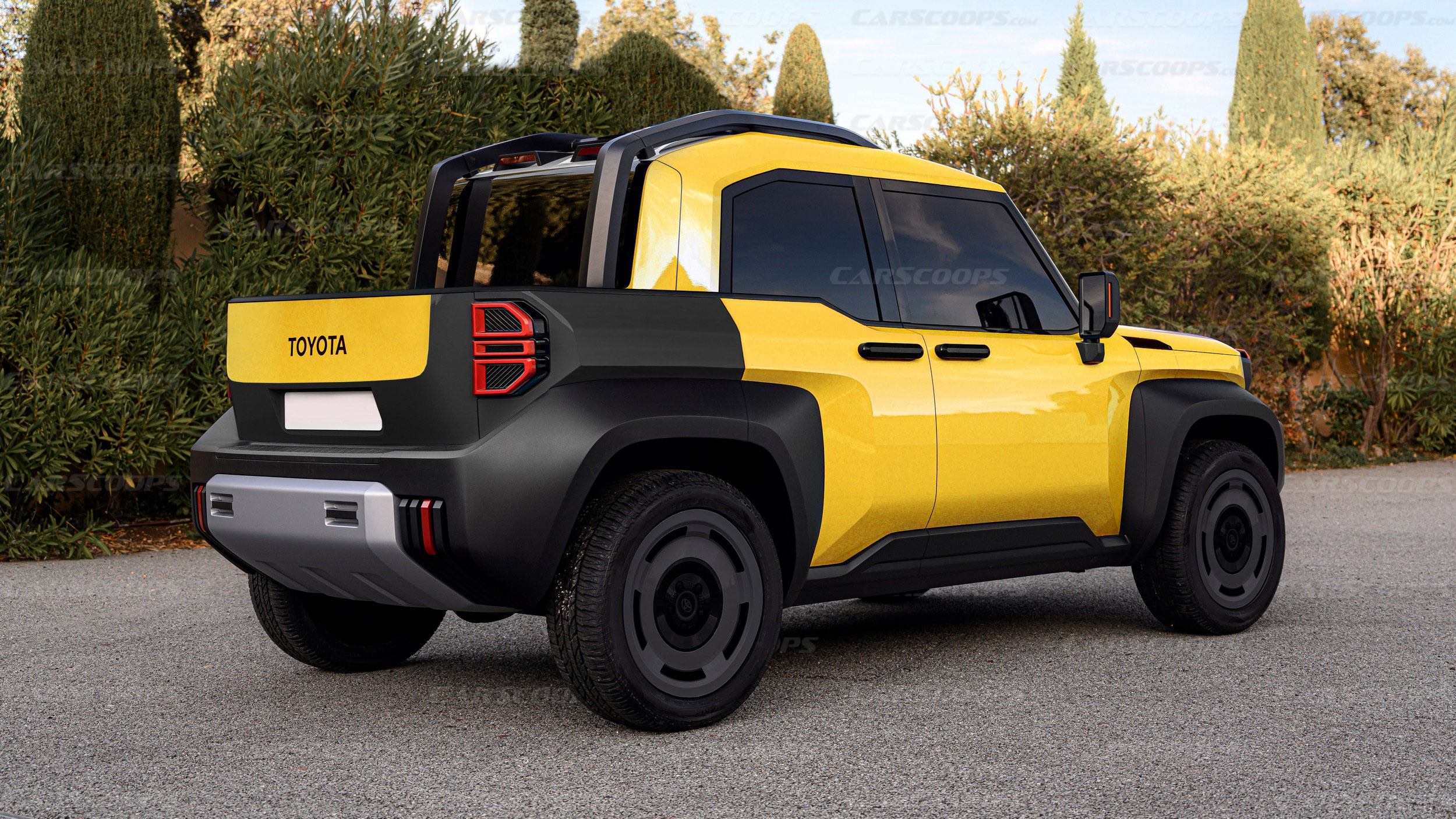Enhancing Work Truck Ergonomics Prioritizing Safety Comfort and Efficiency
Introduction: Work trucks play a crucial role in a wide range of industries, from construction and landscaping to delivery and utilities. These vehicles serve as mobile workstations, facilitating the transportation of equipment, tools, and personnel to job sites. However, the demanding nature of work truck operations can take a toll on drivers, leading to fatigue, musculoskeletal disorders, and reduced productivity. To mitigate these challenges, it is vital to prioritize work truck ergonomics. This article delves into the importance of work truck ergonomics, explores key ergonomic considerations, and highlights innovative solutions to enhance safety, comfort, and efficiency. Section 1: Understanding Work Truck Ergonomics 1.1 The Significance of Ergonomics in Work Trucks a. Definition and scope of ergonomics in the context of work trucks b. https://www.worktruckmaker.com/dongfeng-14-m%c2%b3-water-tanker-truck/ of poor ergonomics on driver well-being and productivity c. The role of ergonomics in reducing workplace injuries and associated costs 1.2 Ergonomic Risk Factors in Work Trucks a. Physical factors: vibration, noise, temperature, and lighting b. Postural factors: seating, steering, and control interfaces c. Cognitive factors: workload, stress, and driver distraction Section 2: Key Ergonomic Considerations for Work Trucks 2.1 Driver Seating and Positioning a. Adjustable seating and lumbar support for optimal posture b. Importance of seat cushioning, suspension, and shock absorption c. Best compact box trucks for city driving for driver visibility and blind-spot reduction 2.2 Controls and Interfaces a. Ergonomic design of steering wheel and pedal placement b. User-friendly dashboard layout and control access c. Integration of advanced technologies for safer and more efficient operations 2.3 Workstation Design a. Organization and accessibility of tools, equipment, and storage compartments b. Customizable workstations to accommodate various job requirements  c. Considerations for ingress/egress and cab space optimization 2.4 Vehicle Vibration and Noise a. Minimizing whole-body vibration through seat suspension and cabin insulation b. Noise reduction strategies to enhance driver comfort and concentration Section 3: Innovative Solutions to Enhance Work Truck Ergonomics 3.1 Advanced Seating Technologies a. Suspension seats with adjustable features for personalized comfort b. Active seat systems to mitigate vibration and reduce driver fatigue c. Integrated heating, cooling, and ventilation systems for temperature control 3.2 Human-Machine Interface (HMI) Enhancements a. Ergonomic design of control interfaces, including touchscreens and buttons b. Voice-activated controls and gesture recognition for hands-free operation c. Integration of driver-assistance systems and telematics for enhanced safety 3.3 Ergonomic Lighting and Visibility Systems a. LED lighting systems for improved visibility and reduced driver fatigue b. Adaptive headlights and mirrors to enhance safety during night-time operations c. Considerations for optimal windshield design and wiper systems 3.4 Driver Training and Wellness Programs a. Education on proper postures, stretching exercises, and fatigue management b. Promoting Rescue truck public safety to enhance driver well-being c. Encouraging regular breaks and providing access to ergonomic resources Conclusion: Work truck ergonomics is a critical component in ensuring driver well-being, productivity, and safety. By understanding the significance of ergonomics, identifying key ergonomic considerations, and implementing innovative solutions, fleet owners and operators can create a conducive work environment that minimizes the risk of musculoskeletal disorders, reduces accidents, and optimizes overall operational efficiency. Prioritizing work truck ergonomics is not only beneficial for drivers but also has long-term cost savings and a positive impact on business performance. With advancements in technology and increasing awareness, the future of work truck ergonomics holds great potential for further enhancing driver comfort, safety, and satisfaction.
c. Considerations for ingress/egress and cab space optimization 2.4 Vehicle Vibration and Noise a. Minimizing whole-body vibration through seat suspension and cabin insulation b. Noise reduction strategies to enhance driver comfort and concentration Section 3: Innovative Solutions to Enhance Work Truck Ergonomics 3.1 Advanced Seating Technologies a. Suspension seats with adjustable features for personalized comfort b. Active seat systems to mitigate vibration and reduce driver fatigue c. Integrated heating, cooling, and ventilation systems for temperature control 3.2 Human-Machine Interface (HMI) Enhancements a. Ergonomic design of control interfaces, including touchscreens and buttons b. Voice-activated controls and gesture recognition for hands-free operation c. Integration of driver-assistance systems and telematics for enhanced safety 3.3 Ergonomic Lighting and Visibility Systems a. LED lighting systems for improved visibility and reduced driver fatigue b. Adaptive headlights and mirrors to enhance safety during night-time operations c. Considerations for optimal windshield design and wiper systems 3.4 Driver Training and Wellness Programs a. Education on proper postures, stretching exercises, and fatigue management b. Promoting Rescue truck public safety to enhance driver well-being c. Encouraging regular breaks and providing access to ergonomic resources Conclusion: Work truck ergonomics is a critical component in ensuring driver well-being, productivity, and safety. By understanding the significance of ergonomics, identifying key ergonomic considerations, and implementing innovative solutions, fleet owners and operators can create a conducive work environment that minimizes the risk of musculoskeletal disorders, reduces accidents, and optimizes overall operational efficiency. Prioritizing work truck ergonomics is not only beneficial for drivers but also has long-term cost savings and a positive impact on business performance. With advancements in technology and increasing awareness, the future of work truck ergonomics holds great potential for further enhancing driver comfort, safety, and satisfaction.